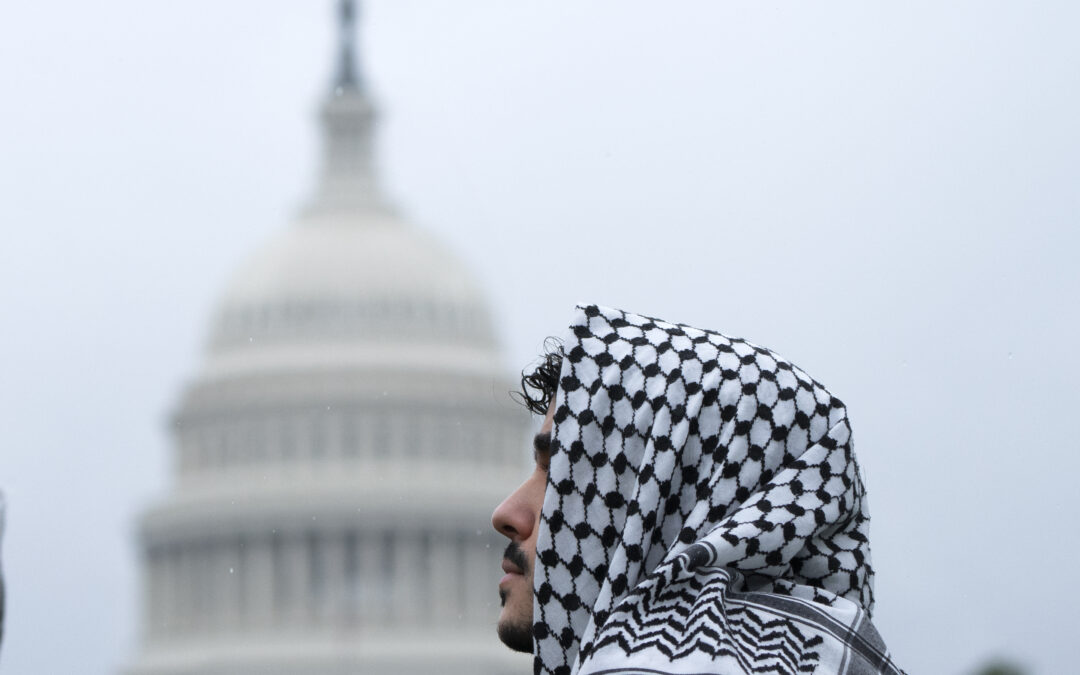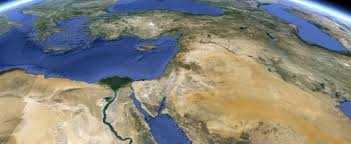By ASHRAF KHALIL Associated Press WASHINGTON (AP) — Hundreds of protesters rallied within sight of the U.S. Capitol, chanting...

Global News Through a Greek Lens
Global News Through a Greek Lens


Lebanese blogger Karl Sharro is an international treasure; his Twitter feed, @KarlreMarks, is a seemingly endless font of satire and wit about the Middle East. Sharro’s commentary has already been spotlighted in WorldViews on a number of occasions.
So it’s worth flagging his latest offering, a tweet in which he presented this “simple” explanation for the rise of the Islamic State militant group in one very long sentence:

To be sure, the sentence could use some punctuation, but its convoluted, winding trail gets at the complex and tragic history that underlies the present moment. What follows is a brief guide into the key points of Sharro’s analysis.
“…the failure of the postcolonial elites…”
The Arab nation-states that emerged in the wake of World War II and the retreat of European empires were not always doomed to fail, as some pundits (and the Islamic State itself) would have you believe. The failure of a host of nationalist elites to build genuinely inclusive and democratic societies hangs over a range of crises now dogging the region. It’s tempting to point to the artificiality of these states — carved out by European powers after the fall of the Ottoman Empire — but that ignores the real histories of misrule.
“…external meddling, hegemony and outright military interventions…”
This was exacerbated under the long shadow of the Cold War, and in the years that followed the collapse of the Soviet Union. The United States and its allies helped prop up a number of authoritarian regimes that played into their broader geopolitical agenda. Secularists and “progressives” were by and large co-opted by these regimes, leaving, as Sharro puts it, “a radical interpretation of religion as the only remaining ideological platform capable of mobilizing the disenfranchised.”
The connection between Islamist militancy and narratives of anti-colonial “resistance” has a long history, dating to the 19th century, and grew deeper in the past half-century, particularly in reaction to the United States’ heavy-handed foreign policy in the region.
“…the rise of identity…”
There’s a tendency to cast the Sunni-Shiite sectarian strife of the present as an ancient, eternal struggle. But that flies in the face of history. These communities lived alongside each other for centuries, largely in peace. The especially virulent strains of fundamentalist violence we see now are the product of modern factors. For example, as Sharro notes, the dueling ambitions of rivals Iran (a theocratic Shiite state) and Saudi Arabia (a kingdom that embraces a certain Sunni orthodoxy) have fanned the flames of wider regional upheaval.
“…a perpetual state of chaos…”
The Syrian crisis has only been amplified by the “geo-politically incoherent” policies of a host of outside powers, including the United States, which, while calling for the fall of the regime of Syrian President Bashar al-Assad, has been unable to bring about Assad’s exit from power.
Nothing has made the international community’s ambivalence and confusion over Syria more conspicuous than the continued perfidy and atrocities of the Islamic State, which now can claim to attack targets as far away as the capital of France.
Extremist groups, as Sharro notes, can emerge and gain traction only in a context where nation-states are on the brink of collapse. In this moment of crisis, the Islamic State’s vision of a “revivalist religious-political order” — no matter how brutal or ahistorical — has a real appeal.
Contrary to what some pundits in the West insist, Sharro does not harp on the Islam in the Islamic State, as if sheer religiosity alone would explain the group’s ideology and success. As he shows in just one sentence, it’s a lot more complicated than that.